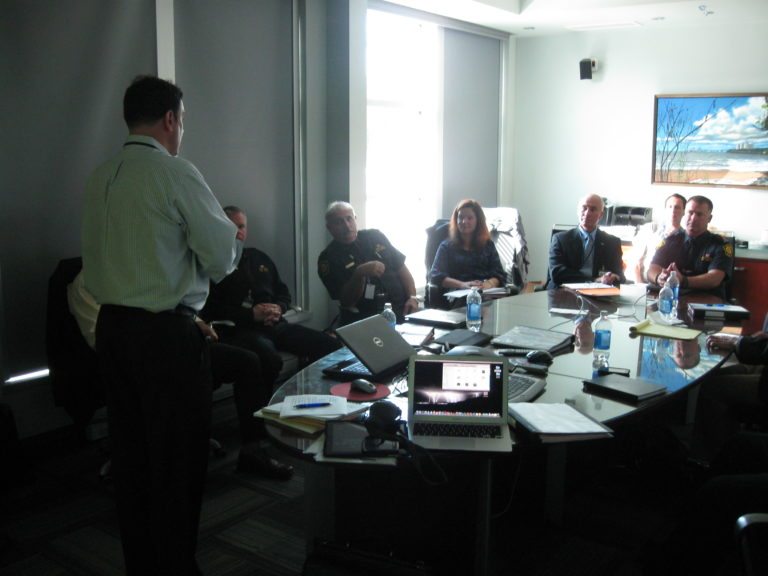Beyond the Outage: Effective After-Action Reporting and Remediation Planning

In the ever-evolving landscape of cybersecurity, incidents and disruptions are inevitable.
Whether it’s a full-scale cyber attack or a simulated breach during a tabletop exercise, the critical response phase doesn’t end when the immediate threat is mitigated. What follows is just as crucial: the after-action reporting and remediation planning process. This phase involves a thorough analysis of the incident, identifying weaknesses, and implementing strategies to fortify defenses against future threats.
A recent example highlighting the importance of this process is the CrowdStrike technology outage. As a leading cybersecurity firm, CrowdStrike’s temporary service disruption sent ripples across the industry, underscoring the reality that no organization is immune to incidents. In the wake of such events, the steps taken to document the response, evaluate effectiveness, and plan improvements are vital. This blog delves into the structured approach to after-action reporting and remediation planning, using the CrowdStrike incident as a backdrop to explore best practices and lessons learned.
Executive Summary: In the wake of a critical incident or a meticulously planned tabletop exercise, an After-Action Review (AAR) is a pivotal tool for organizational learning and improvement. This blog aims to dissect the critical components of an AAR, drawing insights from real-life scenarios and recommendations from simulated exercises.
Methodology: The AAR process is a collective reflection involving all stakeholders impacted by the incident or exercise participants. It is a structured analysis that encourages open dialogue, where participants recount events, discuss actions taken, and express their thoughts and concerns. The methodology hinges on inclusivity and transparency, ensuring a comprehensive understanding of events as they unfold.
Observations: Observations form the crux of the AAR. They are the raw, unfiltered accounts of actions, reactions, and interactions. In this phase, we catalog what worked well—be it the team’s swift response, the efficacy of the communication channels, or the robustness of the contingency plans. Conversely, we also scrutinize the aspects that faltered, perhaps due to unforeseen challenges, resource constraints, or procedural gaps.
Analysis: The analysis delves into the ‘why’ and ‘how’—the causal factors underpinning the successes and failures. It is a deep dive into the dynamics of the incident or exercise, examining the interplay of various elements such as team coordination, decision-making processes, and the adequacy of the tools and technologies employed.
Recommendations: From the rich soil of analysis sprouts the recommendations—the actionable steps that promise to fortify the organization’s resilience. These recommendations are clearly prioritized and presented, focusing on enhancing preparedness, response, and recovery strategies.
Remediation Planning: Remediation planning bridges the transition from recommendations to acting. This process should outline a pragmatic approach to implementing the suggested improvements, detailing the assignment of responsibilities, timelines for execution, and the resources required to bring the plans to fruition.
Conclusion: The AAR is not merely a postmortem of events but a forward-looking compass that guides an organization towards continuous improvement. It acknowledges that while perfection may be elusive, excellence is a journey worth pursuing.
A Final Thought: In crafting this blog, we draw inspiration from the ethos of continuous improvement and the collective wisdom garnered through shared experiences. It is a homage to the spirit of resilience and a beacon for those committed to making excellence a habit.








Add your first comment to this post